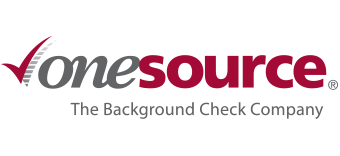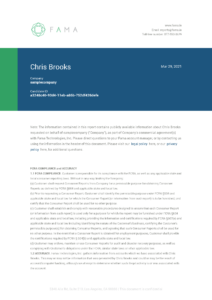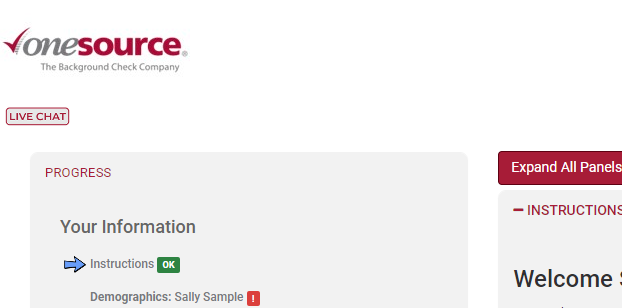5 of the Top Reasons to Use Continuous Criminal Monitoring
The HR toolkit contains many means of keeping your organization staffed and running efficiently. Tools like applicant tracking systems and performance measuring software help bring in fresh faces and follow your team’s progress, but those are strictly for the pre-hire period and to track working hours. What may be lacking is a way to know that team members are avoiding conflict with the law. Thankfully, that’s where continuous monitoring comes in.
This process is, in form, similar to a preliminary employment background check for criminal history. However, instead of being a one-time affair, the subject is rescreened regularly to identify changes, if any, in the subject’s criminal history. Organizations might order this process due to any number of reasons, but today we’re going through the top five:
1. Compliance
Depending on your business’s trade, rescreening may be mandatory after a pre-determined time. Highly regulated industries like transportation, healthcare, and financial services — to name a few — often include requirements to have your background checked annually, biennially, or after several years with the employer.
2. Protecting Brand & Reputation
Companies, more so than individuals, live and die on how the public perceives them. If current staff make headlines for delinquent or criminal behavior, the community may ask, “Why are they still employed with you?” which can lead to a decline in business opportunities.
3. Safeguarding Sensitive Assets, Information, & Finances
Between trade secrets, billing data, intellectual property, and more, there are many resources and a great deal of customer information that employers don’t want to fall into the wrong hands. A slip-up in trust can be disastrous, threatening an entire business and contributing to the billions of dollars lost annually to intellectual property and trade secret theft, according to the Associated Press.
4. Maintaining a Safe Environment
Two groups comprise the core of all organizations: their staff and customers. Without the trust of both parties to move things forward, there are no deals to close or goals to achieve, making it paramount to protect them.
5. Streamlining & Automation
Keeping up with the goings-on of staff can be tedious and time-consuming. Many HR professionals choose to automate this process to free up valuable time they could spend recruiting and onboarding new staff, evaluating employees, or tending to other essential responsibilities.
No matter the reason, Continuous Criminal Monitoring can help your team remain safe and protect confidential resources. One Source can help by setting up a schedule to keep you informed. Reach out to learn how you can get started.





